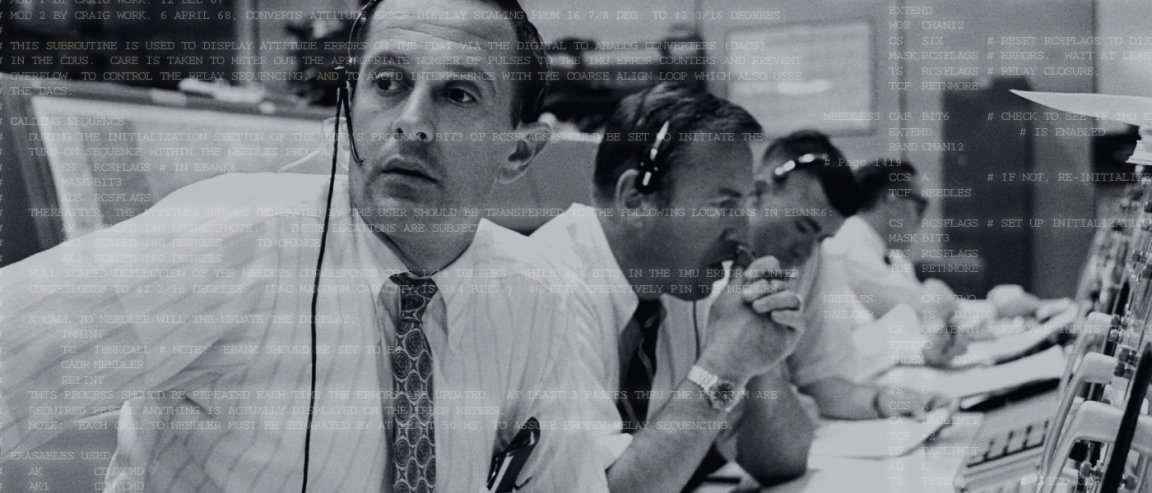
In the mid-1960’s, the technology necessary to develop the software for Apollo 11’s journey to space (and to the Moon) was yet to be developed. Programmers from the MIT Instrumentation Laboratory came up with the “rope memory,” a new way to store computer programs. They also created a special version of the assembly programming language.
Even for today’s programmers, assembly is difficult to understand because it is made for computers and not humans (obviously).

The programmers from MIT wrote thousands of lines of code for the Apollo Guidance Computer (AGC). Shown in the image is Margaret Hamilton, the project’s director of software engineering, standing next to the stack of papers containing the code…which she single-handedly wrote.
Now, you can get it on GitHub.
First uploaded in 2003 by the tech researcher Ron Burkey, the code has been available for the public for quite a few years now. He had manually typed out each line of the program from the scanned images of the original hard-copies uploaded by MIT. However, it was never as easy to access as it is now.
The images MIT uploaded were a bit distorted in some parts and Burkey had to use some of his engineering skills to reconstruct the unreadable parts. Later on, he was able to obtain a readable version from Gary Neff, the person who provided the scanned images. Fortunately, the parts he filled in were 100% correct.
But the code still remained unclear for many software developers.. Luckily, former NASA intern Chris Garry uploaded the software in its entirety to GitHub on July 7th.
Coders who hang out at GitHub began to dissect the comments written by the AGC programmers. The comments are not entirely about how a particular series of lines work though. There are also some silly jokes and very 1960s references.
Watch this video to for the AGC emulation:
